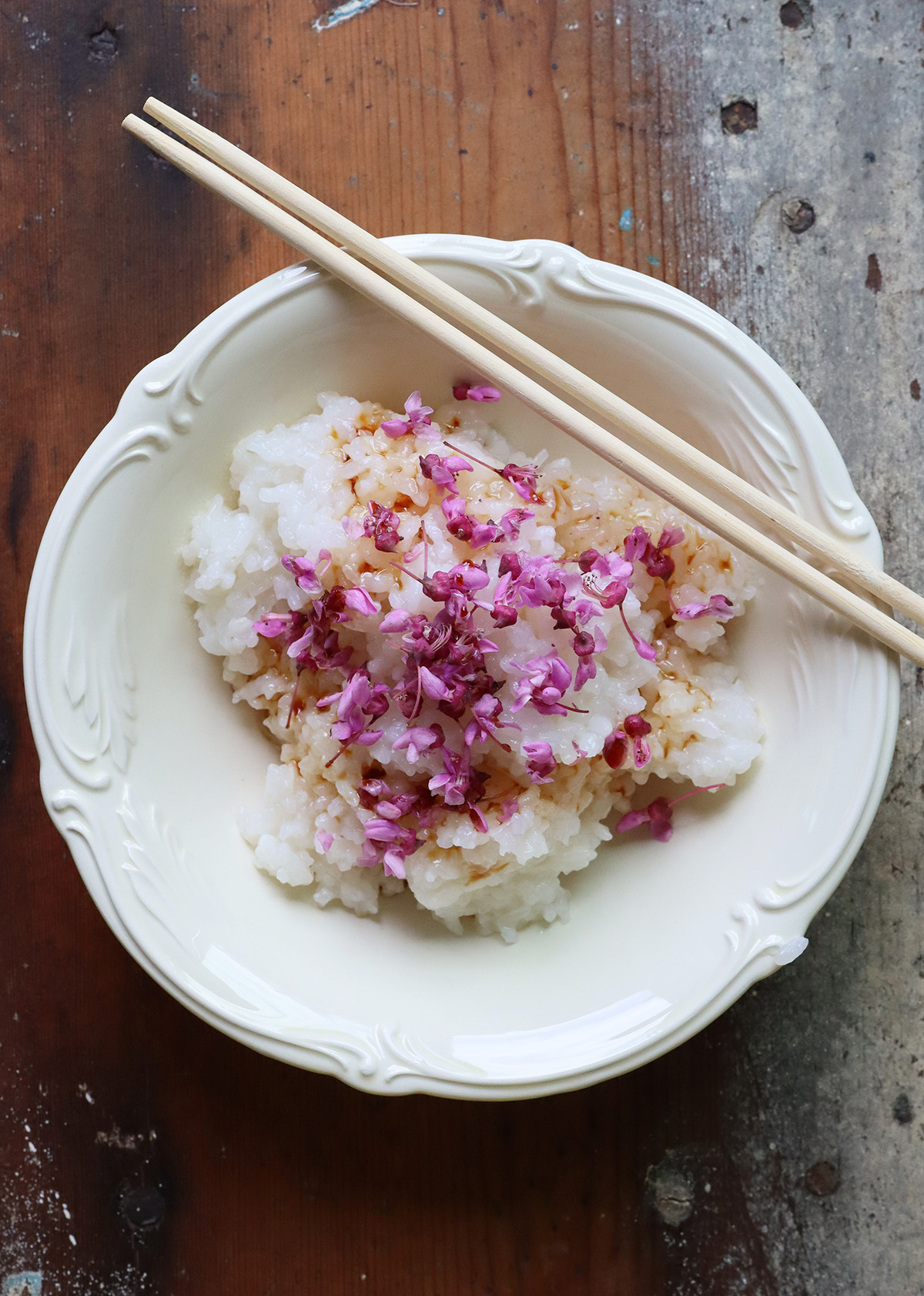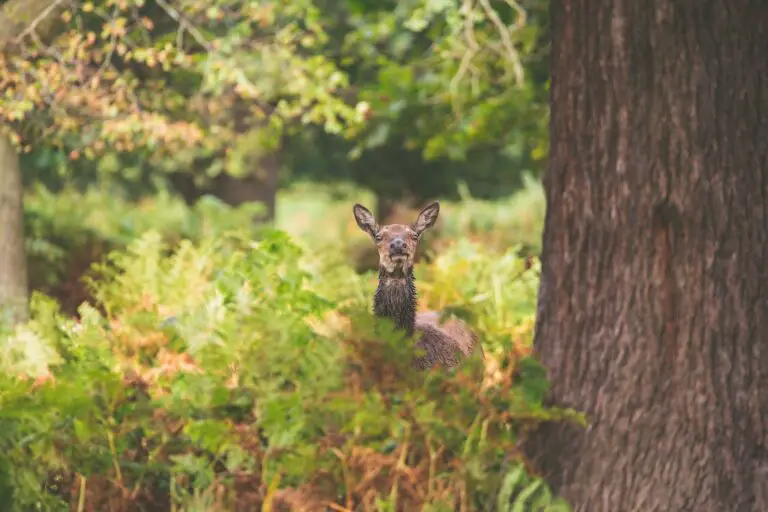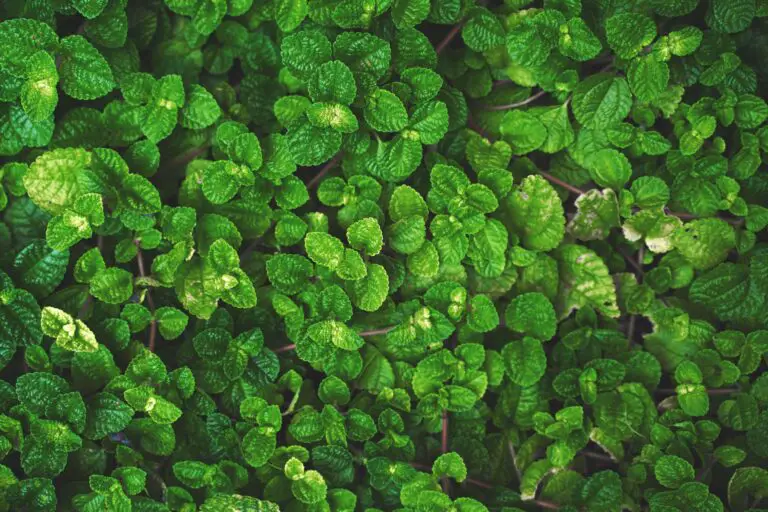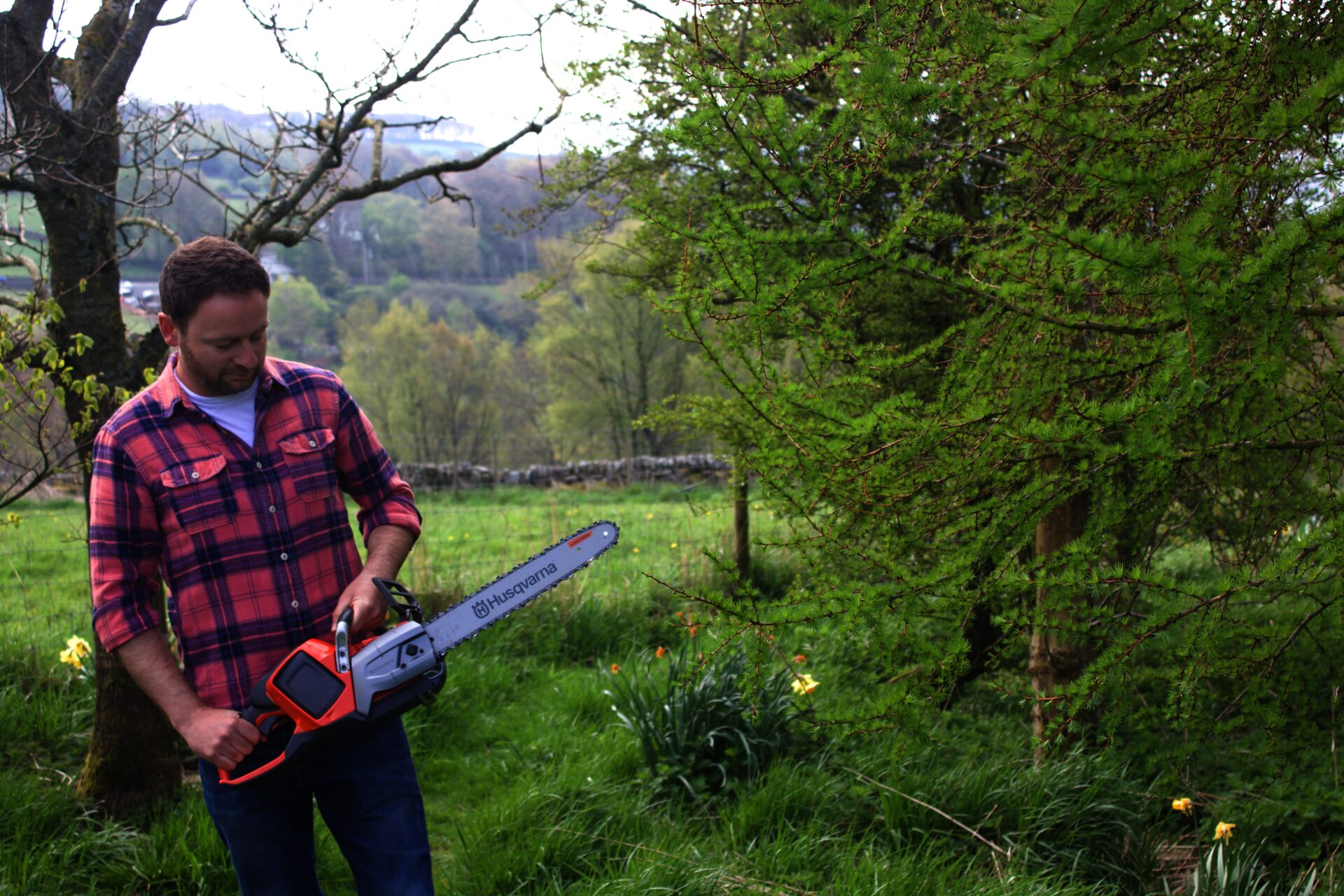The Rattlesnake Plant: An Exotic Addition to Your Indoor Garden
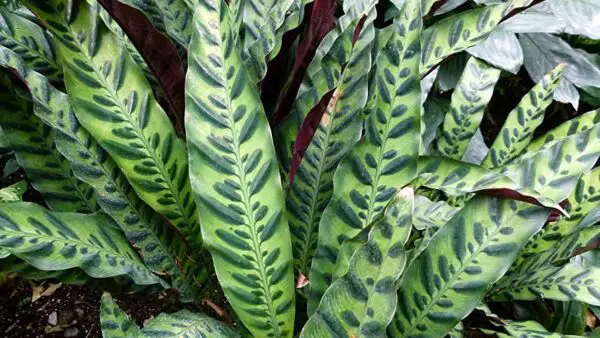
Sublime and alluring, the Rattlesnake Plant (Calathea lancifolia) is a must-have for any houseplant enthusiast. Known for its distinctively patterned leaves, it brings an element of the exotic into your home.
But what is it about the Rattlesnake Plant that makes it a standout in the realm of indoor gardening? Let’s delve into the life, care, and cultivation of this spectacular tropical specimen.
What is a Rattlesnake Plant?
The Rattlesnake Plant is a part of the Calathea genus, which contains over 300 species of tropical plants. Native to Brazil’s rainforests, the Rattlesnake Plant is recognized for its long, thin leaves, bearing a striking pattern that resembles a rattlesnake’s skin.
This is the plant’s self-defensive mimicry in the wild – a fascinating display of nature’s intelligence. At night, the leaves fold upwards, revealing their purple undersides, a phenomenon known as nyctinasty, giving the plant a completely different nighttime appearance.
Rattlesnake Plant Care: Nurturing Your Tropical Beauty
Caring for a Rattlesnake Plant is no more complicated than caring for other houseplants, but there are a few key points to remember.
- Lighting: Rattlesnake Plants prefer low to medium light, shielded from direct sunlight which can scorch their leaves. Near a north or east-facing window would be ideal.
- Watering: Like many tropical plants, Rattlesnake Plants thrive in moist, but not waterlogged soil. Let the top inch of soil dry out between watering.
- Humidity: This tropical species appreciates a humid environment. Regular misting, a pebble tray, or a humidifier can help maintain suitable humidity levels.
- Temperature: Keep your Rattlesnake Plant in an environment between 60 and 85 degrees Fahrenheit. Avoid drastic temperature changes.
- Fertilizing: Feed your plant every month during the growing season with a balanced liquid fertilizer diluted by half.
Benefits of the Rattlesnake Plant: More than Just Decor
Apart from its aesthetic appeal, the Rattlesnake Plant also provides a multitude of benefits. Studies have shown that houseplants like the Rattlesnake Plant can improve air quality by removing toxins, boosting humidity, and producing oxygen. Additionally, the presence of plants can enhance mood, decrease stress, and improve focus and creativity.
How to Propagate: Expand Your Indoor Jungle
Propagation of the Rattlesnake Plant can be done through division during repotting. This process involves gently splitting the plant into two or more sections and repotting each in fresh soil. Remember to keep the new plants in a humid environment until they’ve fully established.
Adding a Rattlesnake Plant to Your Collection
Whether you’re an experienced houseplant collector or someone just starting out, the Rattlesnake Plant can be a wonderful addition. Its striking leaves, unusual movements, and vibrant colors make it a popular choice for indoor gardeners. But where can you find these fascinating tropical specimens?
Many garden centers and plant nurseries carry a wide variety of Calatheas, including the Rattlesnake Plant. Additionally, several reputable online retailers specialize in houseplants and can deliver a Rattlesnake Plant directly to your doorstep. Remember, when selecting a Rattlesnake Plant, look for a healthy specimen with vibrant, undamaged leaves.
Identifying and Dealing with Common Rattlesnake Plant Issues
Despite your best efforts, Rattlesnake Plants can sometimes exhibit signs of distress. The most common issues include browning leaf tips, which could indicate low humidity or over-fertilization, and curling leaves, which often suggest underwatering.
Fortunately, most problems can be resolved with simple adjustments. If you notice brown leaf tips, try increasing the humidity around your plant or adjusting your fertilizing routine. For curling leaves, check the moisture level in the soil and adjust your watering schedule as needed. It’s important to remember that understanding your plant’s needs and providing consistent care is key to maintaining its health and vibrancy.
Enjoying the Rattlesnake Plant’s Nighttime Show
One of the most distinctive features of the Rattlesnake Plant is its nighttime movement. As the sun sets, the plant’s leaves begin to stand erect, revealing their vibrant purple undersides. This nightly performance, triggered by the plant’s circadian rhythms, is a captivating spectacle and a delight for any plant lover. To fully appreciate this remarkable transformation, consider placing your Rattlesnake Plant in a spot where you can easily observe it during the evening hours.
Conclusion
The beauty of owning a Rattlesnake Plant extends beyond its alluring, light green foliage. This tropical gem, also known as the prayer plant, thrives in conditions that mirror its natural rainforest habitat. Cultivating the Rattlesnake Plant successfully requires a delicate balance of the right conditions. Using potting soil with good drainage is vital; selecting a container with sufficient drainage holes can help ensure the plant’s root ball doesn’t become waterlogged. It’s equally essential to keep the soil moist but not soggy, which can be achieved by using distilled water to avoid potential mineral build-up.
Similar to its cousin, the peacock plant, the Rattlesnake Plant grows best in bright, indirect light. It can sustain damage with too much direct sun, causing its distinctive leaves to fade or even burn. By situating your plant in a space with plenty of indirect sunlight, you’ll create an environment where it can flourish. However, while these plants love light, they’re not as fond of sudden temperature changes. Keeping your plant in a stable environment away from drafts or heating vents can help maintain its health.
Propagation of the Rattlesnake Plant, whether you’re expanding your indoor jungle or sharing with friends, can be achieved by dividing the parent plant’s root ball during repotting. With careful attention to its needs—avoiding direct sun, maintaining soil moisture, providing indirect sunlight, and being mindful of temperature changes—you can enjoy the lush, tropical beauty of the Rattlesnake Plant for years to come. This exotic masterpiece of nature, with its vibrant green leaves and mesmerizing patterns, is an undeniable testament to the wonders of the botanical world.



